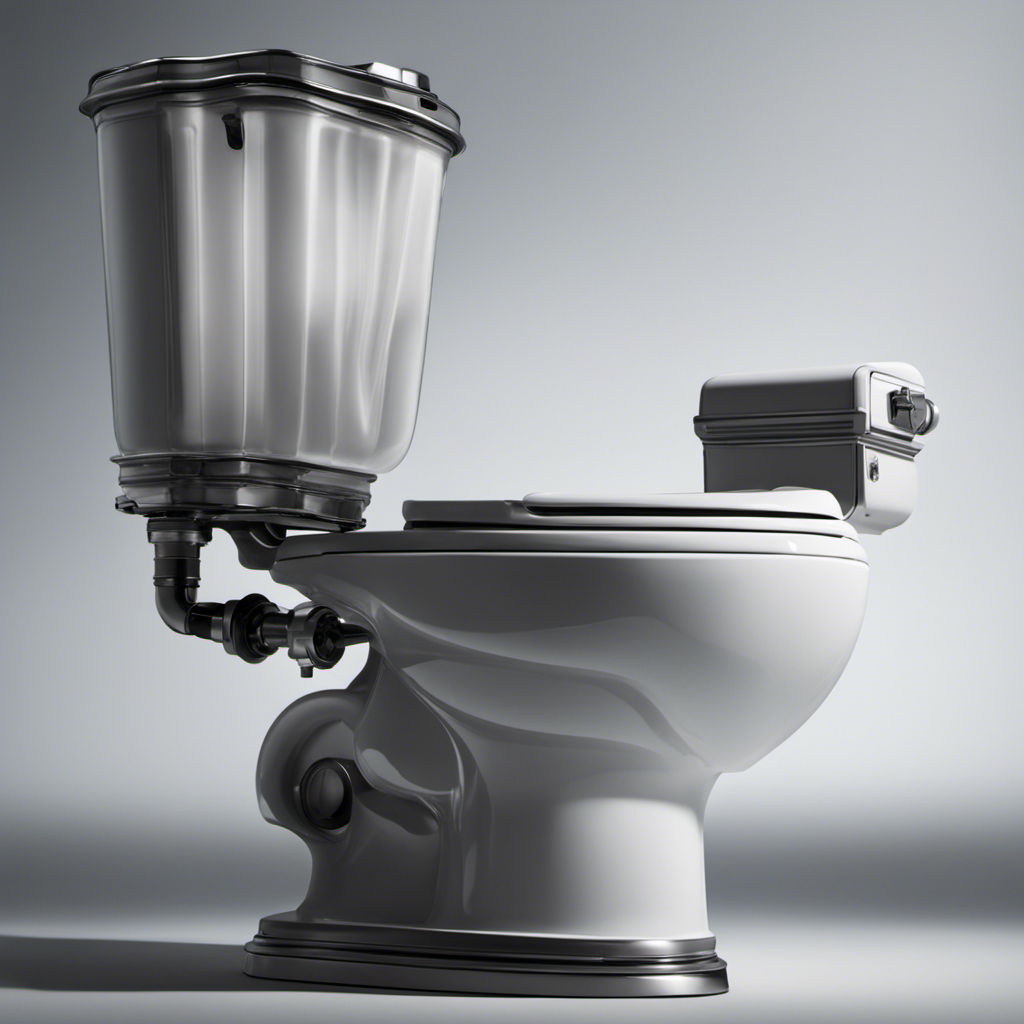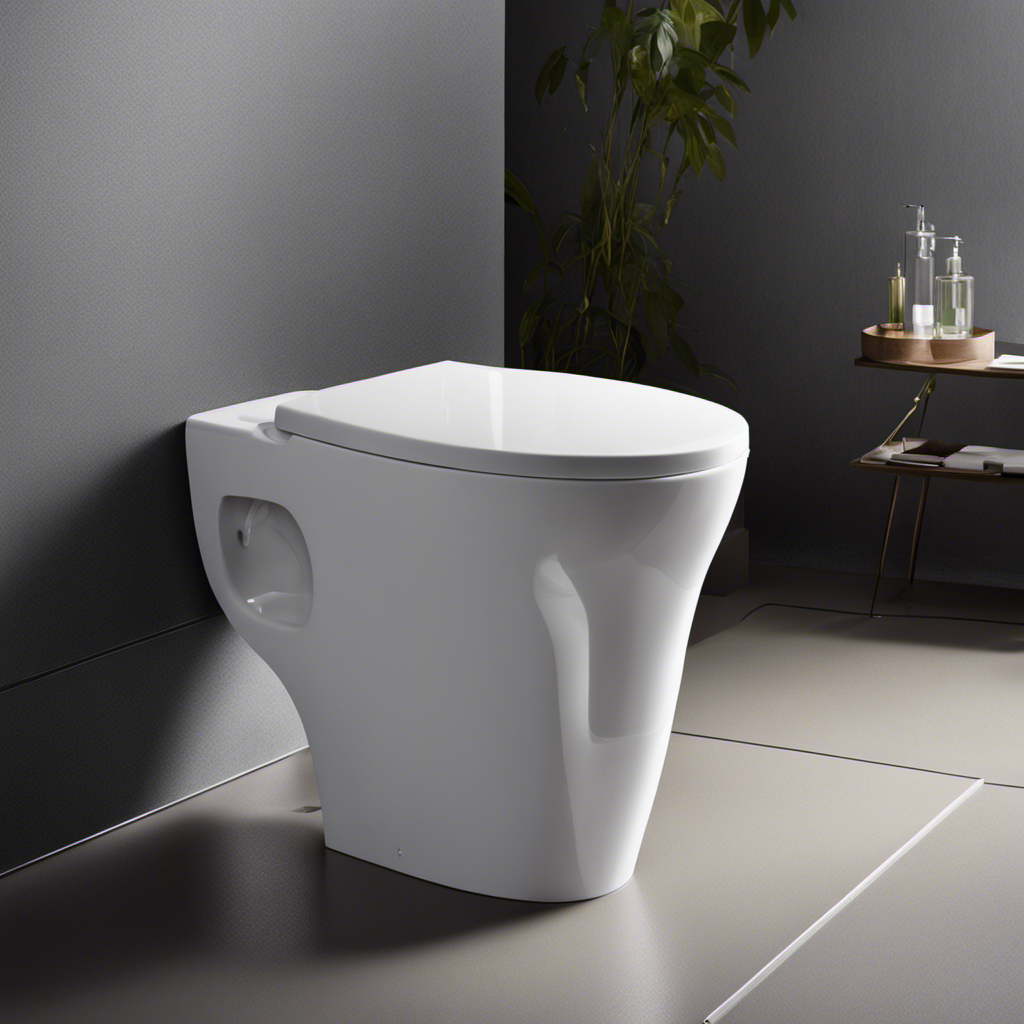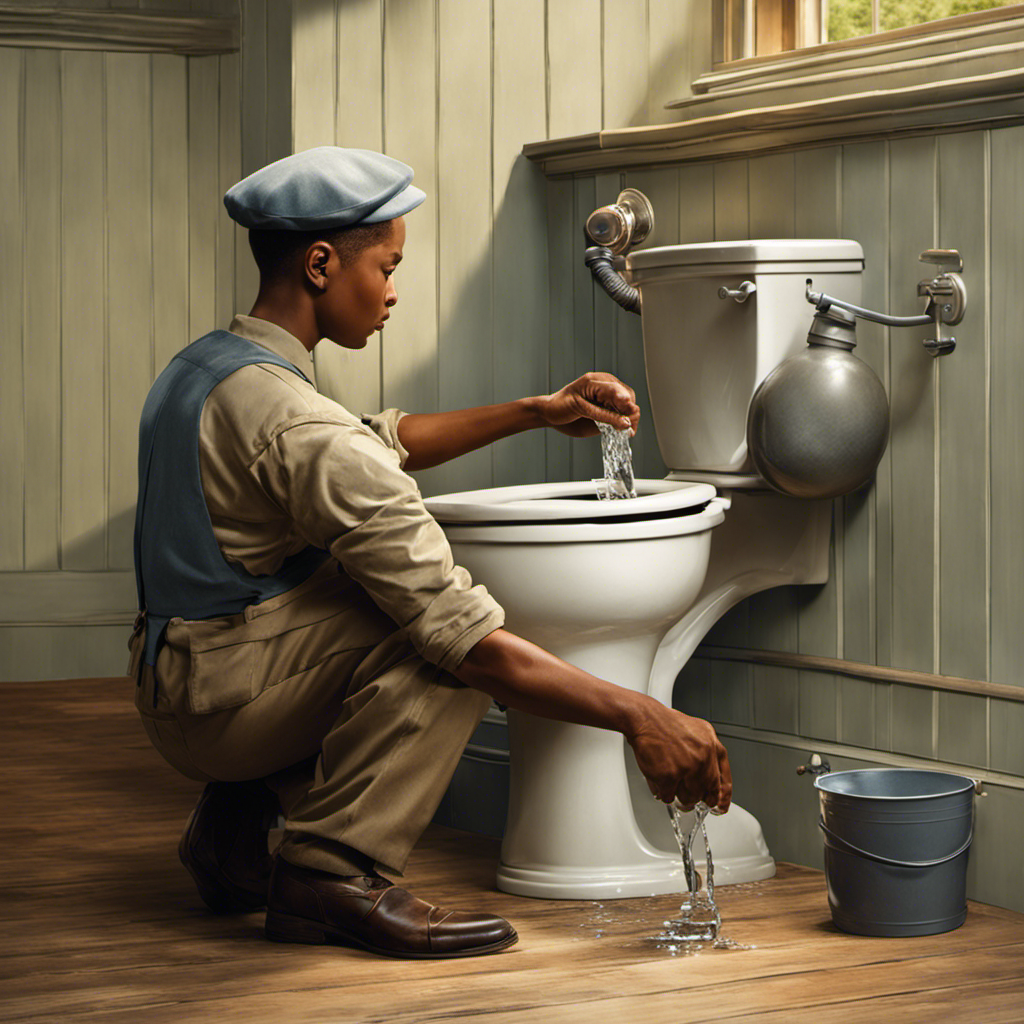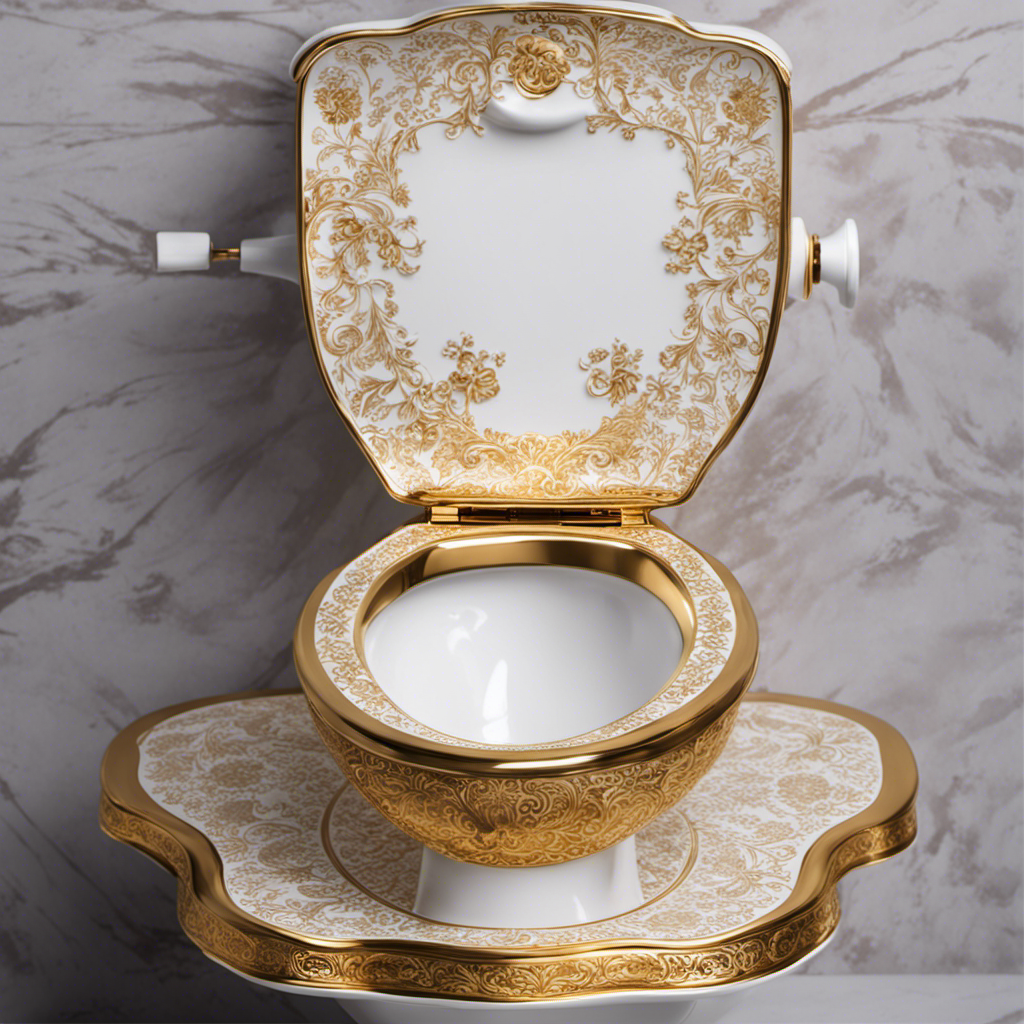Imagine standing in your bathroom, expecting to hear the familiar sound of rushing water as your toilet fills up. But instead, there’s silence. Your toilet isn’t filling up with water, and you’re left wondering why.
In this article, we will delve into the possible causes for this frustrating issue. We will guide you through checking the water supply line, troubleshooting the fill valve, examining the float, and investigating the flush valve.
By the end, you’ll have the knowledge to tackle this problem head-on or seek professional help if needed.
Key Takeaways
- Low water level in the toilet tank can cause a toilet to not fill up with water.
- A faulty fill valve may be the cause of a toilet not filling up with water.
- Problems with the float mechanism can prevent a toilet from filling up with water.
- Insufficient water pressure may be a possible cause and a plumber should be contacted to fix the issue.
Possible Causes for a Toilet Not Filling With Water
You might be wondering why your toilet isn’t filling up with water. One possible cause could be an issue with your toilet tank or the water pressure.
If the water level in the toilet tank is too low, it won’t be able to fill up properly. This can be caused by a faulty fill valve or a problem with the float mechanism.
Another reason could be insufficient water pressure. If the water pressure in your home is too low, it can affect the filling of the toilet tank. In such cases, you may need to contact a plumber to check and fix the water pressure issue.
Now, let’s move on to the next step and check the water supply line for any blockages.
Checking the Water Supply Line for Blockages
The water supply line might be blocked if the toilet isn’t filling. It is important to check the water supply line for any blockages that may be preventing water from reaching the toilet tank. Here are a few steps to help you identify and resolve this issue:
-
Inspect the water supply valve: Ensure that the water supply valve is fully open. Sometimes, it may only be partially open, leading to insufficient water flow.
-
Check for kinks or bends: Examine the water supply line for any kinks or bends that may be obstructing the water flow. Straighten out any bends or replace the line if necessary.
-
Remove and clean the fill valve: Sediment buildup can occur in the fill valve, reducing water pressure. Turn off the water supply, remove the fill valve, and clean it thoroughly to remove any sediment.
Troubleshooting the Toilet Fill Valve
Troubleshooting the toilet fill valve can help identify and resolve any issues with the water flow. If you’re experiencing problems with your toilet not filling up properly, adjusting the water pressure or replacing the fill valve may be necessary.
Start by checking the water pressure in your home. Make sure it is set at the appropriate level, as low water pressure can hinder the fill valve’s performance.
If the water pressure is fine, the next step is to inspect the fill valve for any signs of damage or wear. If you notice any cracks or leaks, replacing the fill valve is recommended.
Additionally, make sure the float arm is properly adjusted to control the water level inside the tank.
Examining the Toilet Float and Adjusting Its Position
When it comes to examining the toilet float and adjusting its position, there are two key points to consider: proper float height and adjusting the float mechanism.
Proper float height is crucial for the proper functioning of the toilet fill valve, as it ensures that the tank fills up to the correct level.
Adjusting the float mechanism allows you to fine-tune the water level in the tank, preventing it from overflowing or not filling up enough.
Proper Float Height
Toilet isn’t filling up with water? Check if the float is at the proper height. The float is an essential component in regulating the water level in your toilet tank. When the float is set too high, it can prevent the tank from filling up properly.
To ensure the float is at the correct height, follow these steps:
- Locate the float adjustment screw or rod on the fill valve.
- Turn the screw or adjust the rod to lower or raise the float.
- Test the water level by flushing the toilet and observing if it fills up to the desired level.
Adjusting the water level in your toilet tank can help resolve issues with the toilet not filling up with water. By making sure the float is set at the proper height, you can ensure a consistent and efficient toilet flush.
Adjusting Float Mechanism
Adjusting the float mechanism is necessary to ensure the proper functioning of the toilet’s water level. The float mechanism is responsible for controlling the flow of water into the toilet tank. If the water level is too low or too high, it can lead to problems such as incomplete flushes or continuous running of water.
To adjust the float mechanism, start by locating the toilet flush handle and lifting the lid of the tank. Look for the float, which is usually a ball or cup-shaped device attached to a metal arm. Adjust the float by bending the metal arm or adjusting the screw on the float itself. Keep in mind that the water pressure can also affect the float mechanism, so consider checking the water pressure if the issue persists.
By properly adjusting the float mechanism, you can ensure that the toilet tank fills up to the correct level, allowing for a proper flush.
To investigate the toilet flush valve for issues, continue troubleshooting by examining the flush valve and its components.
Investigating the Toilet Flush Valve for Issues
I should check if there’s a problem with the toilet flush valve. The toilet flush valve is a crucial component of the toilet flush mechanism. It is responsible for releasing water from the tank into the bowl during the flushing process. If there is an issue with the flush valve, it can prevent the tank from refilling properly, resulting in a low water level in the toilet tank.
To investigate the flush valve for issues, you can follow these steps:
- Remove the tank lid and inspect the flush valve for any visible signs of damage or blockage.
- Ensure that the flush valve is properly aligned and seated in its designated position.
- Check the flapper or the seal on the flush valve to ensure it is not worn out or damaged.
Seeking Professional Help for Persistent Toilet Filling Problems
If you’ve already tried troubleshooting the flush valve and adjusting the toilet water level but your toilet still isn’t filling up properly, it may be time to seek professional help. Persistent toilet filling problems can be indicative of more complex issues that require the expertise of a plumber.
A professional plumber will have the necessary knowledge and tools to diagnose and fix the problem effectively.
When you contact a plumber, be sure to provide them with detailed information about the steps you’ve already taken to troubleshoot the flush valve and adjust the water level. This will help them understand the situation and determine the best course of action.
Conclusion
In conclusion, if your toilet isn’t filling up with water, it’s essential to investigate the possible causes and take appropriate action.
By checking the water supply line for blockages and troubleshooting the fill valve, you can address common issues.
Additionally, examining the float and flush valve can help identify and resolve any problems.
However, if these efforts prove unsuccessful, it may be necessary to seek professional assistance.
Remember, by understanding and addressing these potential issues, you can ensure a fully functioning toilet in no time.










